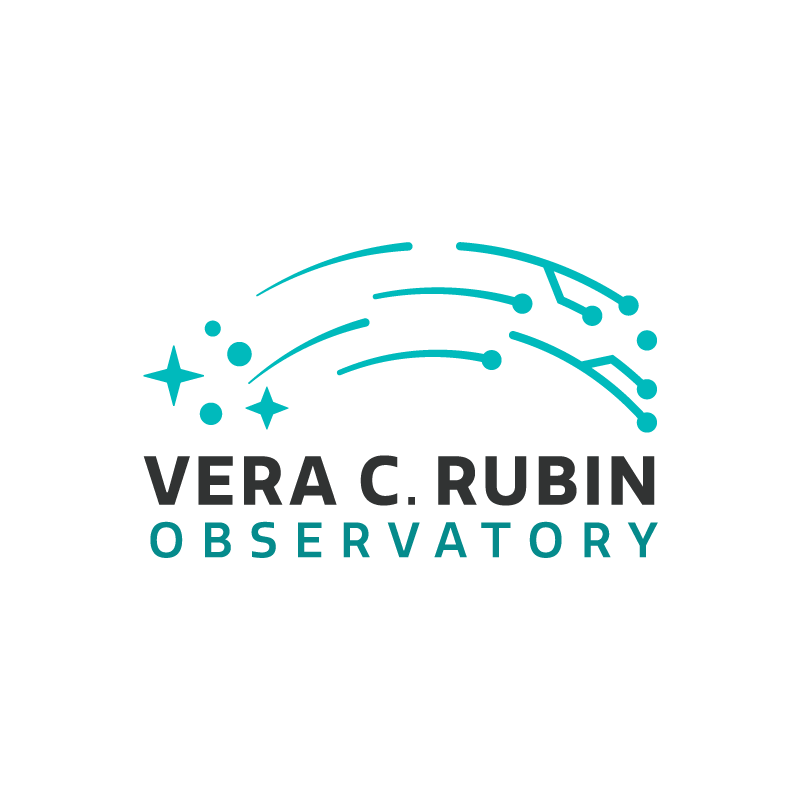Rubin Digest 12 October 2022
12 October 2022
Project & Science News
Representatives from the National Science Foundation (NSF) and the US Department of Energy (DOE) visited the Rubin construction site on Cerro Pachón on September 27th to view construction progress and interact with Rubin leadership and staff working on the summit. Photos from the visit are available in the Gallery.
The summit safety team led a workshop for NOIRLab staff at the Rubin construction site on Cerro Pachón on September 28th (photo). The objective of the workshop was to provide a general on-site view of the development of the safety management system for the Rubin site, the challenges anticipated in the near future, and the transition to operations. It was also a great opportunity for NOIRLab staff to learn more about all the exciting work that is going on at Rubin.
The Data Management team on Cerro Pachón recently enabled the transfer of data captured by the Rubin Auxiliary Telescope (AuxTel) to the Rubin US Data Facility at SLAC National Accelerator Laboratory using the Long Haul Network (LHN). Now, data from future AuxTel observing runs—and eventually from the LSST Camera—will be sent to SLAC for processing via this network. The LHN is a channel from the summit to SLAC that was built upon multiple research and education networks. It’s a redundant fiber that crosses six countries; the length of it is about 105,000 km (~2.5 times around the world!), with 46,000 km of the fiber underwater.
At the summit facility, two sturdy bridges are being installed on the top of the telescope pier. These 1350 kg (3000 lb.)-high strength steel structures extend from the telescope mount floor, cantilevering over to the adjacent maintenance platform. They will carry the rails to convey the 80-ton Primary/Tertiary (M1M3) mirror cell on its cart to and from the telescope. The first use of the rails and bridges will be to remove the M1M3 mass surrogate to make room for the real M1M3 mirror and cell.
Michael Jones McKean, Rubin Observatory’s Artist in Residence; along with his studio, Fathomers, a creative institute based in Los Angeles, released an official announcement of Cerro Pachón and Cerro Tololo as the first site of the art project Twelve Earths. More information about the project is available on the Twelve Earths website.
Staff highlights for September are now live on the Rubin project website. This month, read about your colleagues Jeff Barr, Guillame Daubard, Fritz Mueller, and Aaron Roodman.
Rubin Observatory swag items, including t-shirts, coffee mugs, tote bags, and more, are available for purchase in our not-for-profit online store.
LSST Corporation News:
Of interest to the science community: A new monthly talk series is starting, LINCC Tech Talks will be given virtually every second Thursday of the month at 10am Pacific (1pm ET, 2pm Chile, 7pm CET). These talks and demos will showcase work done by the broad Rubin software and archives community that’s designed to enable LSST science. More information and a schedule of upcoming talks can be found on community.lsst.org
Reminder: The deadline to apply for LSSTC Catalyst Fellowships in astrophysics is November 15, 2022. Through the Catalyst Fellowship, LSSTC supports a diverse cohort of outstanding astrophysics postdoctoral Fellows whose research is related to the Rubin Observatory Legacy Survey of Space and Time. Fellows receive structured mentoring and leadership training and have the opportunity to work with social scientists to understand and improve the practice of astrophysics.
Operations Updates:
Operations leadership participated in the NSF/DOE summit visit during the last week of September. Activities included a summit facility tour, a workshop run by the summit safety team, an AuxTel observing tutorial from the summit control room given by Observing Specialist Alysha Shugart (photo), participation in nighttime AuxTel observing by Rubin Ops Director and Deputy Director, and a colloquium given by Phil Marshall, Deputy Director of Rubin Operations for SLAC to the visitors and other AURA/NOIRLab staff.
Rubin Observatory participated in the NOIRLab Management Oversight Committee (NMOC) regular meeting on October 5-6. The NMOC is the oversight committee for the NSF nighttime astronomy facilities managed by AURA including Rubin Operations, the International Gemini Observatory, Kitt Peak, Cerro Tololo, and the Community Science and Data Center. The NMOC heard that NOIRLab's 5-year cooperative agreement (2023-2027) has been approved and implemented by NSF and AURA. This includes the full funding profile for Rubin proposed in February to a joint NSF-DOE review panel (DOE works on a few-year timescale and updates on FY23-FY24 funding will be given soon). The NMOC also heard about plans to further develop sustainable power generation for NOIRLab facilities including Rubin on Cerro Pachón, La Serena, and Tucson. SLAC data facilities are being stood up for Operations, watch for forthcoming reports on the sustainable aspects of those new facilities.
Announcements & Opportunities:
Open positions with Rubin Observatory are available on the Rubin jobs page.
Info for Project Members
If you’d like to schedule a one-on-one meeting with Victor or Zeljko, please fill out this form to indicate your preferred (and backup) date and time.
There is also an anonymous “suggestion box” for anyone to offer feedback at this link.
Upcoming Meetings with Rubin Observatory Involvement
(those with an asterisk* are LSSTC funded):
2022 |
|
|
October 17-21 |
Dark Energy Science Collaboration (DESC) Sprint Week, University of Michigan |
|
October 24-28 |
LSST@Europe4*, Rome, Italy (hybrid) |
2023 |
|
|
January 8-12 |
AAS #241 Winter Meeting, Seattle, WA |
|
February 27-March 3 |
Dark Energy Science Collaboration (DESC) Meeting, Virtual |
|
July 24-28 |
Dark Energy Science Collaboration (DESC) Meeting, SLAC |
Upcoming Deadlines:
|
November 15 |
LSST Catalyst Fellowship (in astrophysics) applications |


